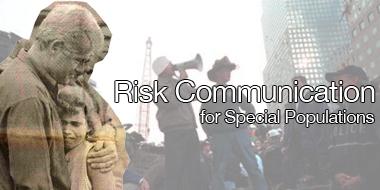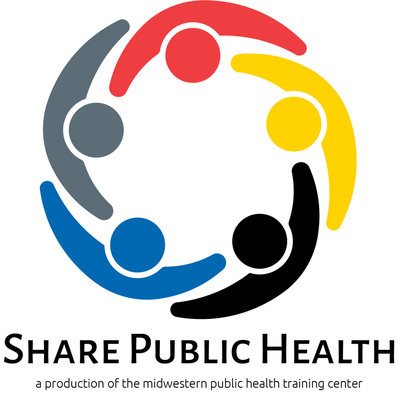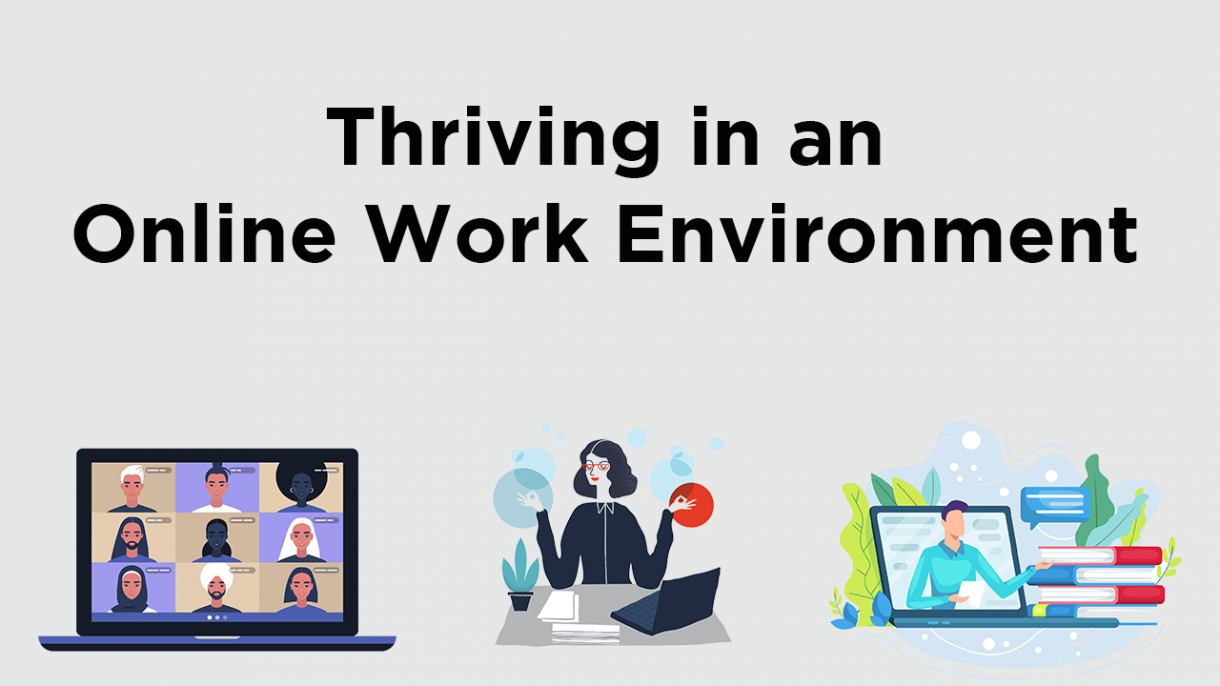There are five main sections in this course:
- Section 1:Risk Communication and Special Populations
- Section 2:General Strategies
- Section 3:Specific Strategies
- Section 4:Scenarios
- Section 5:Knowledge Bank
Intended Audience
anyone responsible for communicating risk to special populations during an emergency situation
Learning Objectives:
On successful completion of this course, you will be able to:
- Describefour general strategies to effectively communicate risk to special populations
- Describemethods to identify and map special population groups and explain why it is important
- Utilizecommunity leaders to assist in communicating risk to special populations
- Conductpre-emergency planning to facilitate communicating risk to special populations
- Describeguidelines for media accessibility
- Utilizethe following information about each of nine special population groups to avoid and/or solve communication problems during an emergency
- Potential communication barriers
- Best methods to deliver the message
- Person(s) best suited to deliver the message
- Any special technical or content issues to consider when delivering the message
Pre-requisites/Learning Level
No pre-requisites
Competencies addressed
Core Competencies for Public Health Professionals Identified
Domain 4: Cultural Competency Skills
- 4A5. Addresses the diversity of individuals and populations when implementing policies, programs, and services that affect the health of a community
Domain 5: Community Dimensions of Practice Skills
- 5A2. Recognizes relationships that are affecting health in a community (e.g., relationships among health departments, hospitals, community health centers, primary care providers, schools, community-based organizations, and other types of organizations)
- 5A5. Collaborates with community partners to improve health in a community (e.g., participates in committees, shares data and information, connects people resources)
- 5A9.Informs the public about policies, programs, and resources that improve health in a community
CEUs Offered
None
Cost
Free
Modality/format
Online Self-Pace
Length
1 hour
Presenter(s) and/or Content Experts
Technical requirements:
- Adobe Acrobat Reader
- Flash Player
- Speakers
Registration requirements
Register a free account
Creation and/or update
June 18, 2014




